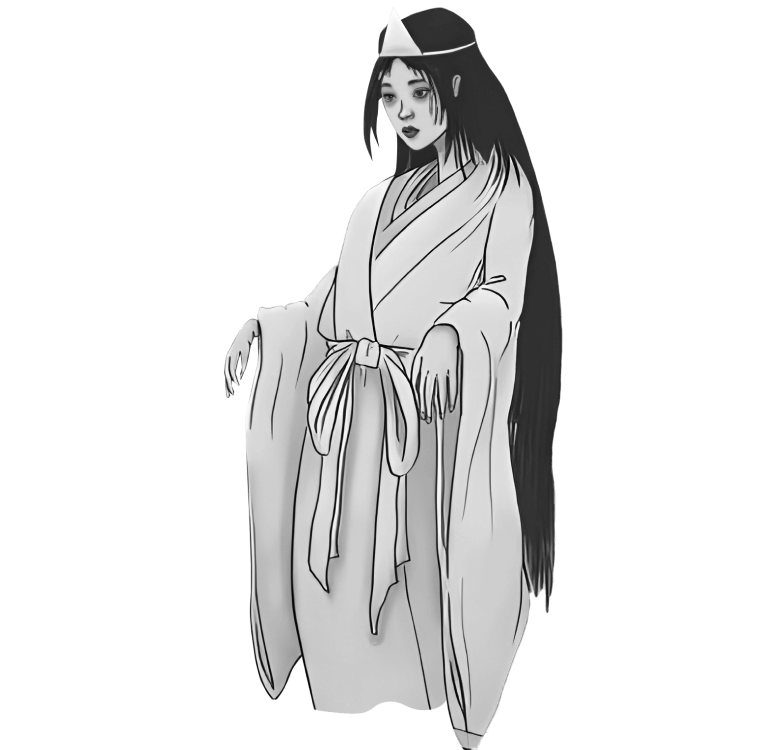





99%











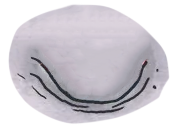

YOKAI
YO


KAI
妖怪

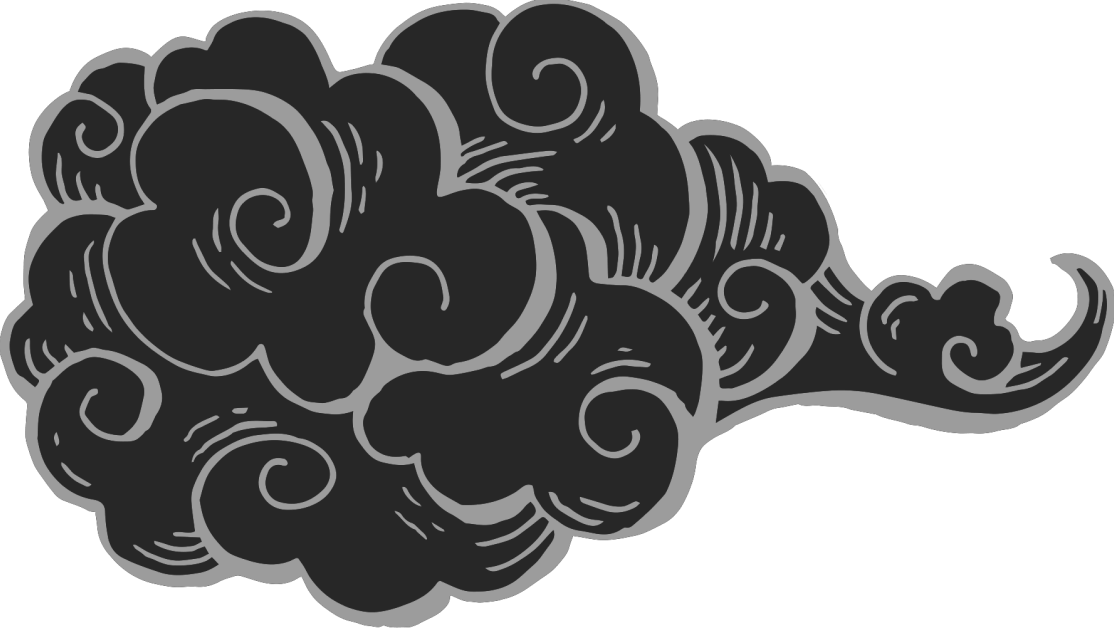
JAPANESE MONSTERS


When dusk falls — after sunset or before dawn, — the yōkai come out to hunt





[kai] — mystery, wonder, strange
In Japanese, the word yokai
is made up
of two kanji
is made up
of two kanji




[yo] — mysterious, bewitching, unearthly, weird


It has
very WIDE
meaning
Yōkai can refer to basically all supernatural beings of Japanese mythology -from evil to good, from oni to kitsune or the snow woman Yuki-onna, -or even borrowed from European culture












The traits of the Japanese yokai



Yōkai can be many different things. The duality of the Yokai is their inherent characteristic
Their bloodlust is juxtaposed with the ability to do good, their vengeful ruthlessness with the ability to bestow wealth and good fortune
Their bloodlust is juxtaposed with the ability to do good, their vengeful ruthlessness with the ability to bestow wealth and good fortune
Yōkai can have parts of different beings and be like humans but not humans; resemble animals but not animals; and be like animals but not animals
They can also be visible and invisible. They can be a sound, an echo, a fire, a natural phenomenon with an evil will and character
They can also be visible and invisible. They can be a sound, an echo, a fire, a natural phenomenon with an evil will and character




Yōkai are described as having spiritual or supernatural powers: reincarnation (into animals, birds, humans), hypnosis, instantaneous movement, etc.
Reincarnating yōkai are known as bakemono (化け物) or obake (お化け)
Reincarnating yōkai are known as bakemono (化け物) or obake (お化け)


All yōkai are first and foremost spiritual, not physical beings. Therefore, they are practically invulnerable to physical attacks, but weak to spiritual attacks, spells, talismans, and so on
However, yokai die sooner or later, and their lifespan is much longer than a human’s
However, yokai die sooner or later, and their lifespan is much longer than a human’s

because without it, it will be hard to make it through the world of Japanese monsters
DRINK


SOME SAKE
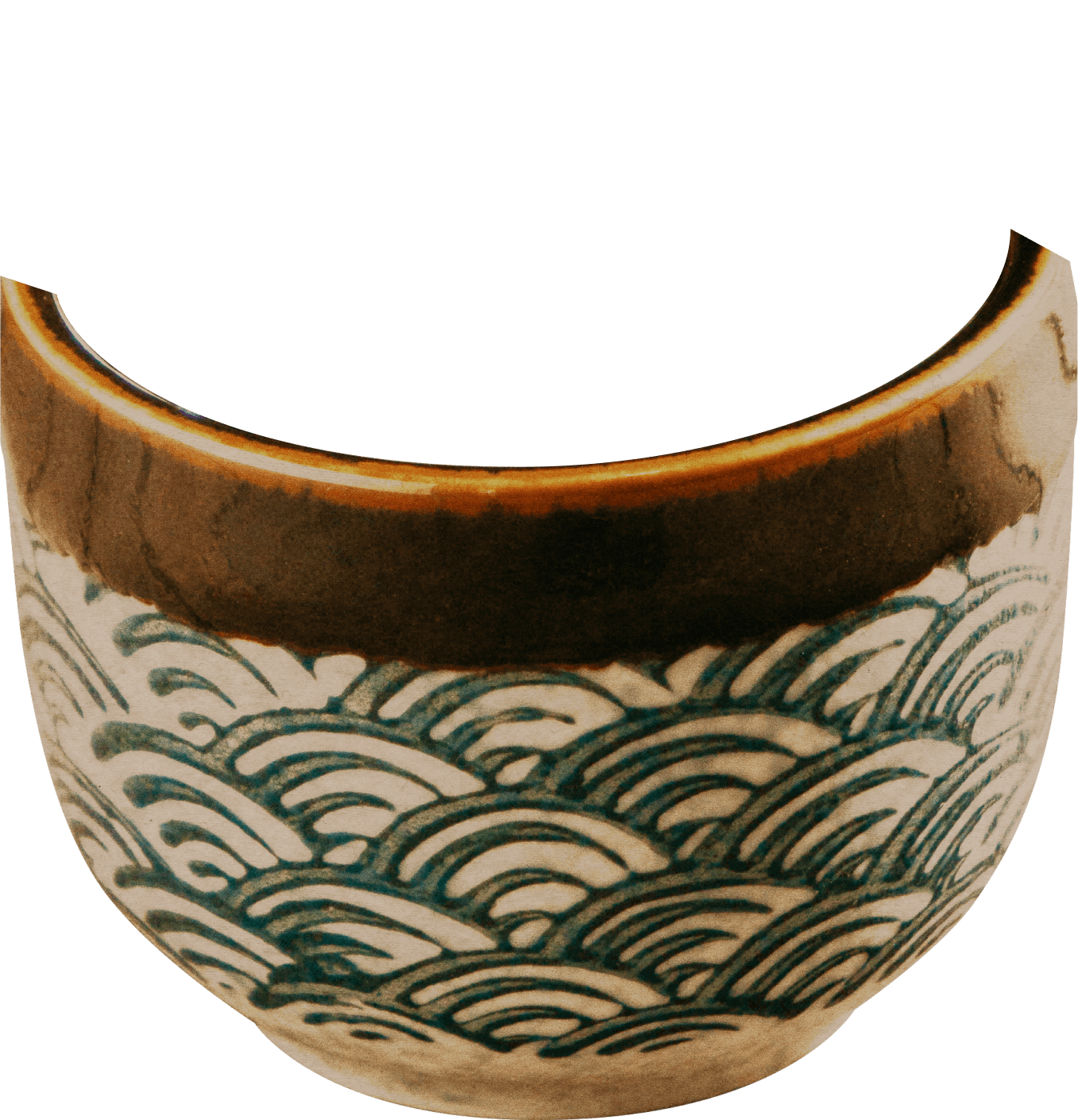
NOW, TRAVELER



Originally, the yōkai served as a kind of tool for explaining everything unusual, from the echo in the mountains to natural disasters. With the emergence of the "encyclopedias of the yokai", they were given their own names and visual images


The amazing world of Japanese evil







In ancient times, the yōkai were born based on the concept of honoring and deifying nature and animals.














Sometimes called the Japanese waterbuck. It lives in bodies of water. It looks like an anthropomorphic frog with a beak. Its main distinguishing feature is a saucer with water on the head. If it dries up - Kappa will die, so he should stay near a body of water.
Loves cucumbers and can walk a long distance to eat them (☆ω☆).
Loves cucumbers and can walk a long distance to eat them (☆ω☆).
He has the appearance of a man of huge height with a red face, long nose, sometimes with wings. Tengu very often wears the clothes of a mountain hermit yamabushi. He is, in Japanese, a kowamote-type character: both formidable and attractive.
He has tremendous physical strength and the ability to communicate, ventriloquize, and control the wind
He has tremendous physical strength and the ability to communicate, ventriloquize, and control the wind
When a paper lantern reaches old age, it can become a tö: tin-obake. The paper spreads along one of its bamboo ribs to form a gaping, squinting mouth, from which a tongue protrudes. One or two eyes may appear in the upper half of the lantern.
Rarely causes harm, but rather just scares people by staring at them and laughing angrily.
Rarely causes harm, but rather just scares people by staring at them and laughing angrily.
A flying strip of white cotton cloth that can actually be a dangerous creature: it is capable of suffocating a person by wrapping itself around their head
This behavior of this creature causes it to be considered separate from the rest of the tsukumogami
This behavior of this creature causes it to be considered separate from the rest of the tsukumogami
Next, the human-like yōkai and the ghosts of the dead, the yurei, took the stage


The supreme yōkai, who looks like an old man in a silk kimono with a head shaped like a gourd, is a gorilla
Sneaks into rich estates when the owners are not there and behaves as if he were the owner: he drinks rare tea and eats expensive food. Nurarihyun has hypnotic powers: he can make the owners of a house think they are his servants
Sneaks into rich estates when the owners are not there and behaves as if he were the owner: he drinks rare tea and eats expensive food. Nurarihyun has hypnotic powers: he can make the owners of a house think they are his servants
A spirit with a mask and a red cloak who often visits women’s toilets.
It can appear and ask the person in the bathroom whether they want red or blue paper. If the person chooses red, they’ll be torn so that their dead body will be drenched in their own blood. If blue, the consequences can range from asphyxiation to the victim’s blood being drained from their body completely
It can appear and ask the person in the bathroom whether they want red or blue paper. If the person chooses red, they’ll be torn so that their dead body will be drenched in their own blood. If blue, the consequences can range from asphyxiation to the victim’s blood being drained from their body completely










Embodiment in Japanese culture




The Edo period artist Toriyama Sekien made a special contribution to the popularization of yōkai images. He created four "demonic" catalogs in the manner of an encyclopedia: drawings, scary stories, and commentaries. One of them is "Night Parade of a Hundred Demons"









Shigeru Mizuki is another artist who played an important role in popularizing yōkai and took the term beyond the scholarly works and vocabulary of folklorists alone
In the 1960s, Shigeru-san created the manga Kitaro of the Graveyard (GeGeGe no Kitaro), which became fundamental to the manga world as a whole. It received a film adaptation in 2008
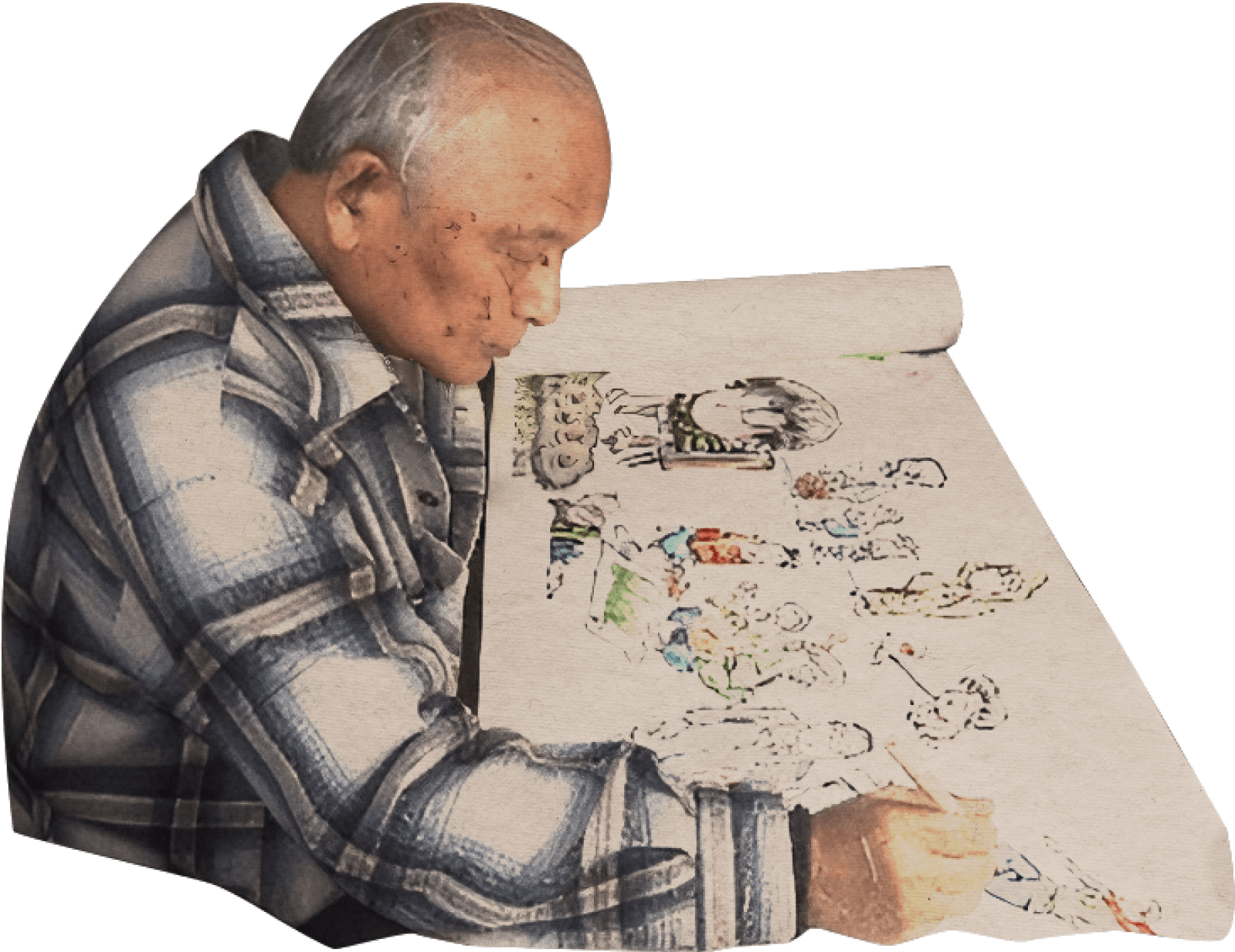
















Monsters is one of the Japanese people’s favorite topics in anime as well. Yōkai have appeared in countless anime titles
Kitsune

Senko & Shiro // "Sewayaki Kitsune no Senko-san"
Kappa

"Kakuriyo no Yadomeshi"
Gashadokuro

Mikeneko et al.
"Nurarihyon no Mago"

"Natsume's Book of Friends"
Rokurokubi

Orochimaru // "Naruto"
終焉
the end











Made with love for Japanese culture



contacts
TG
INST


The site was made as part of Citadel’s creative layout course and is not a commercial product
All content is taken from open sources and are due to their excellent authors
Anastasia
Liechtenstein
Liechtenstein









Design & layout
- Bestiary.us
- The ultimate Yōkai guide
- The Japanese evil: the manual
- Figuring out the Japanese evil
- Yokai by Matthew Meyer
- thafaithray
- Images of clouds by ilonitta
- Artwork by Katsushika Hokusai
- Frames from «Spirited away» by Hayao Miyazaki
- Artwork by Nicolas Galkowski
Traveler, the demons want to know where you came from, so they collect analytics

